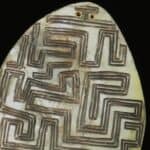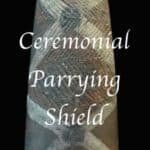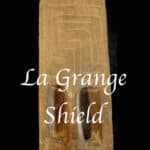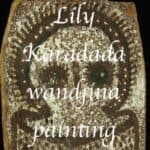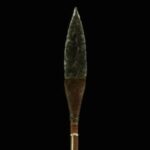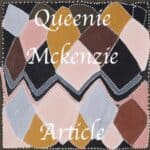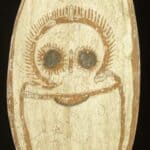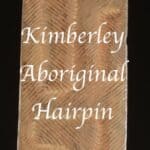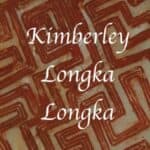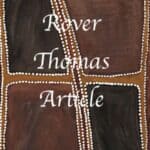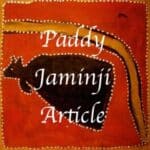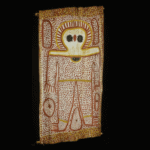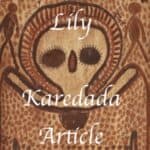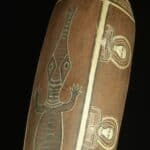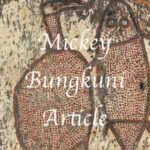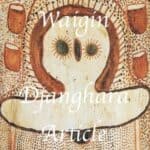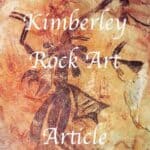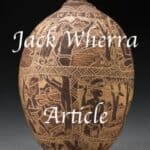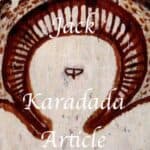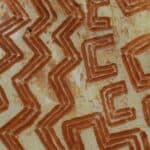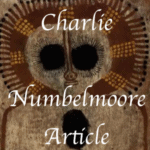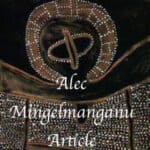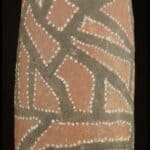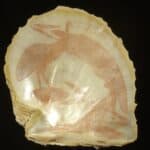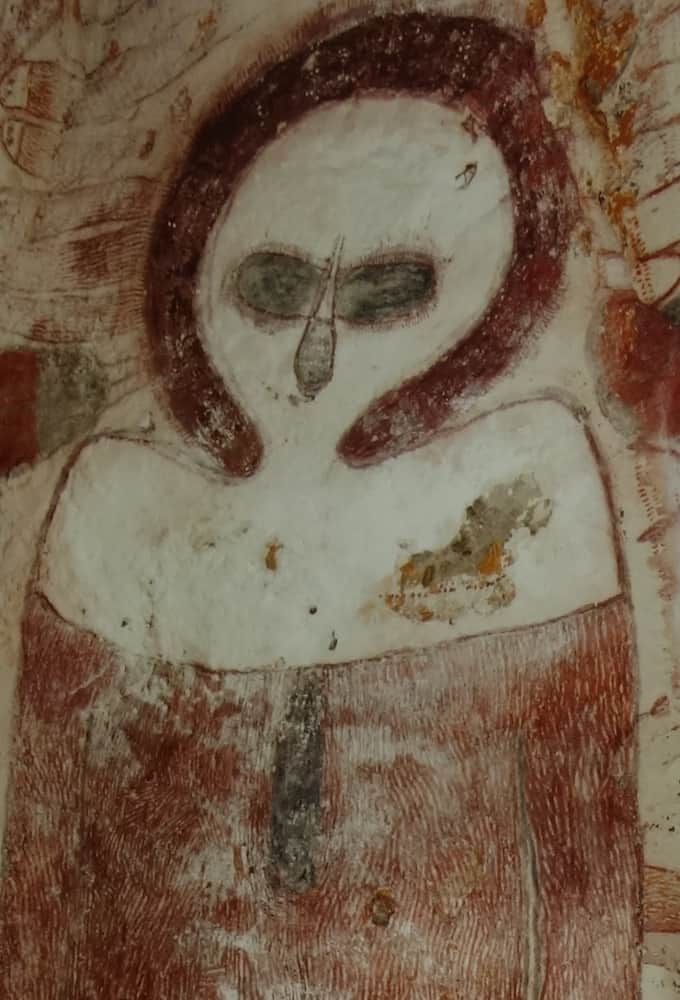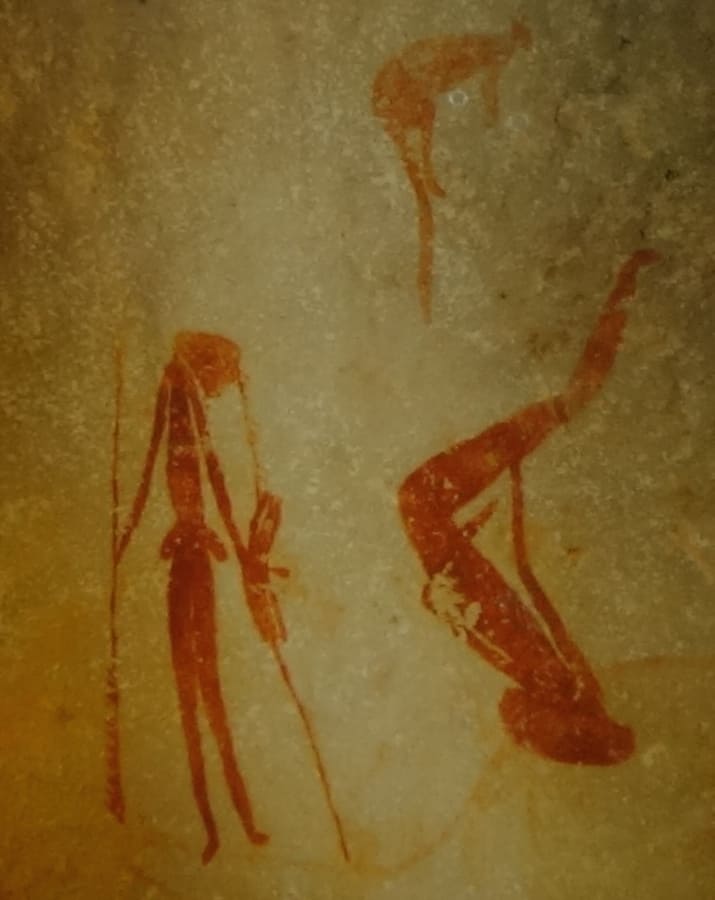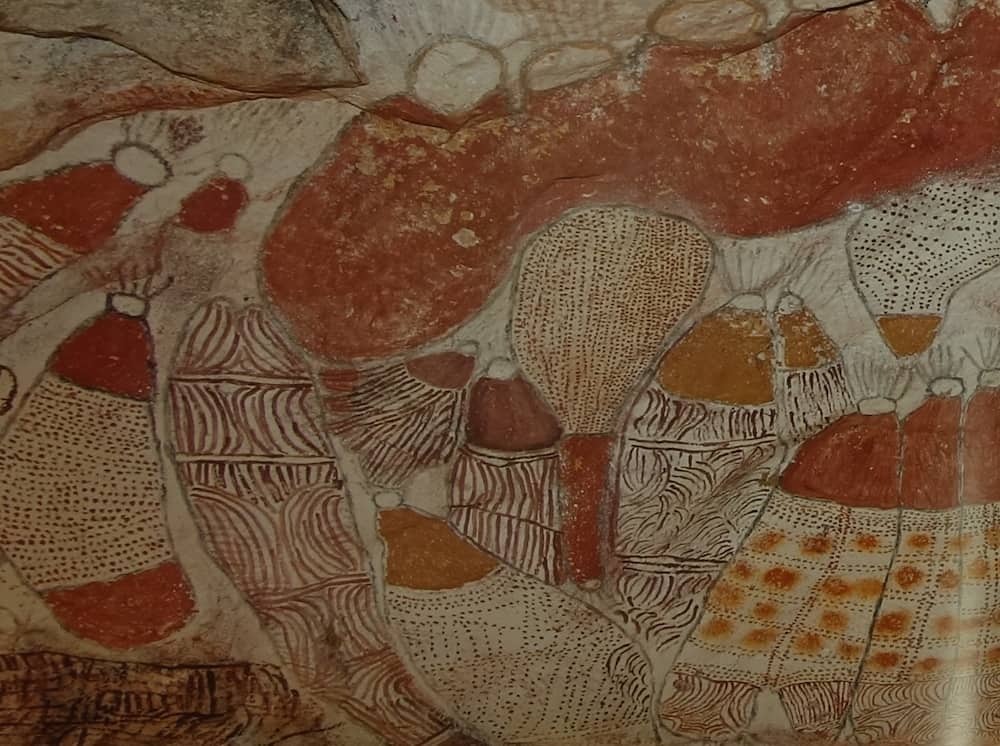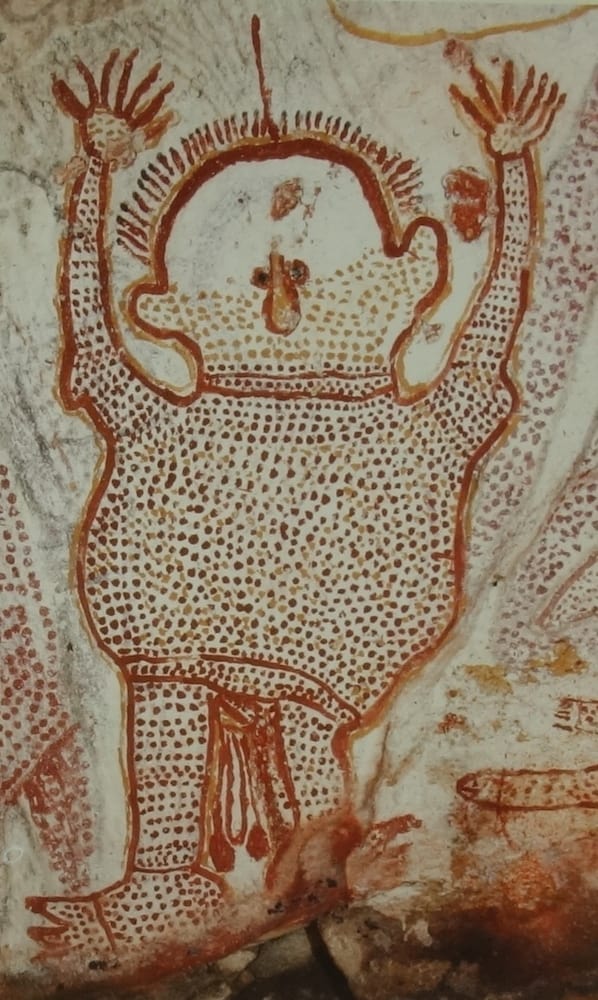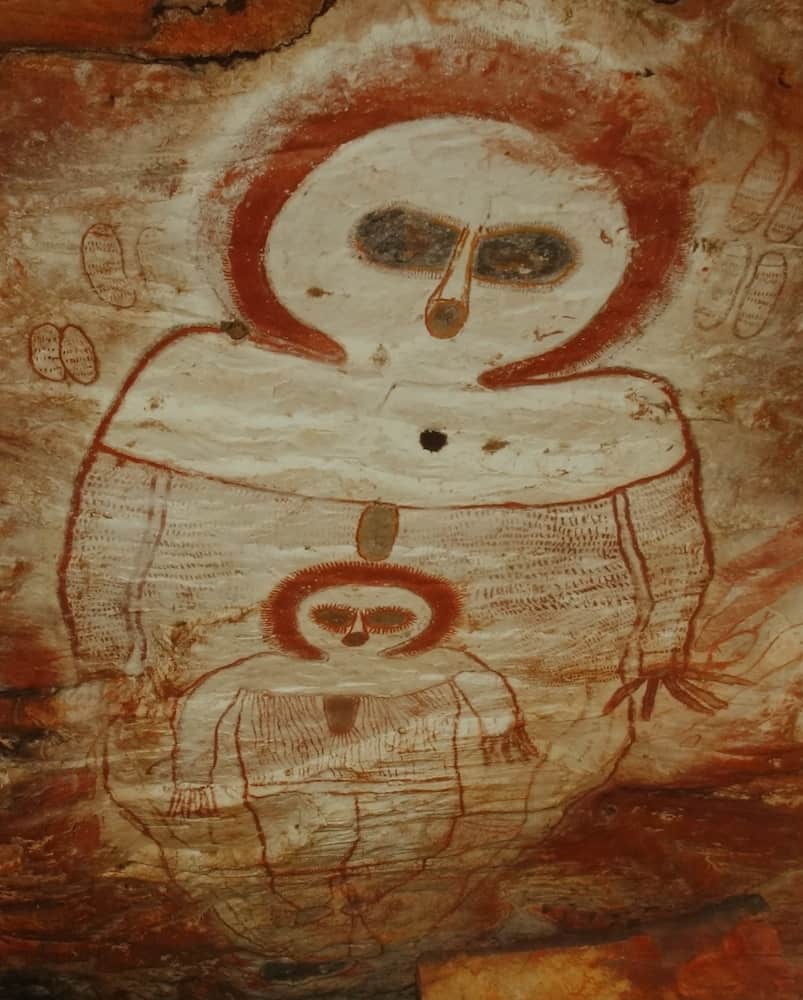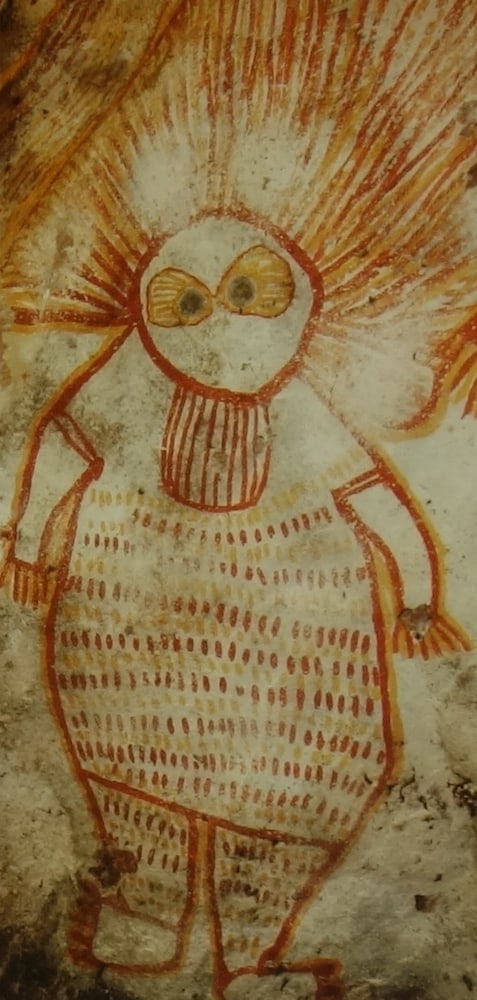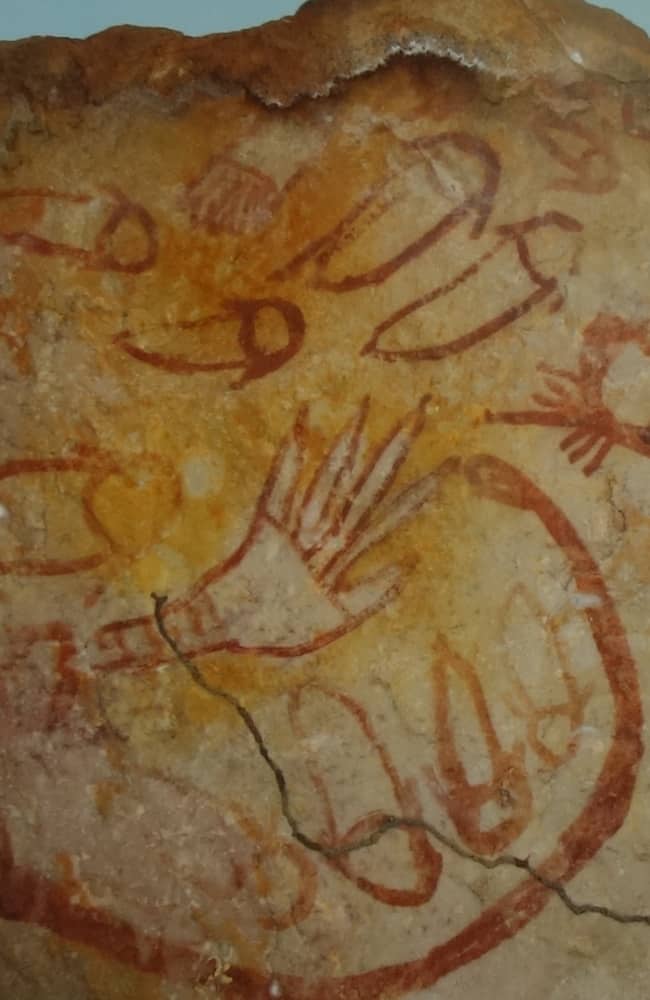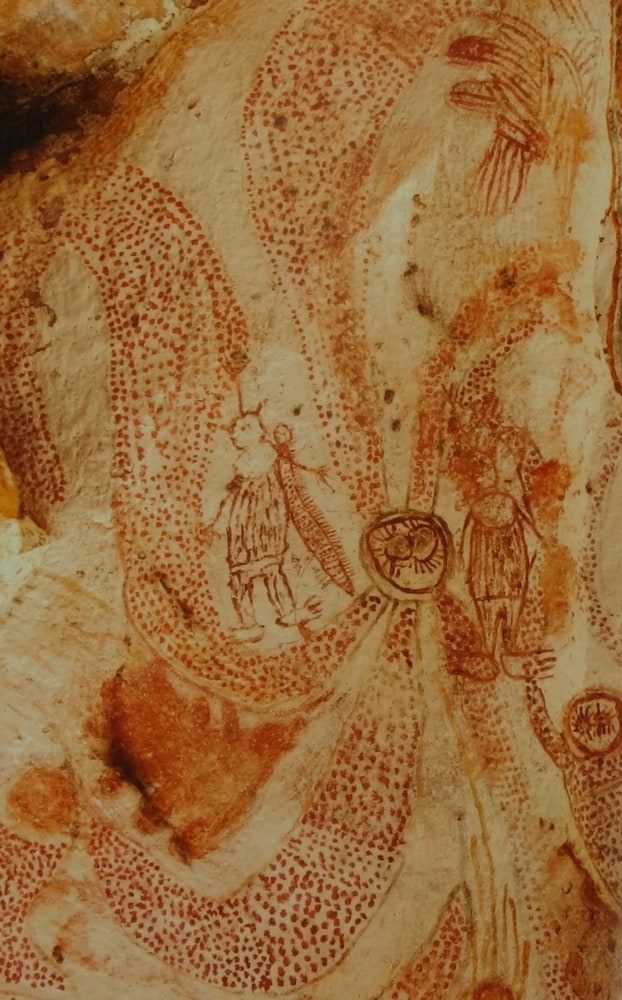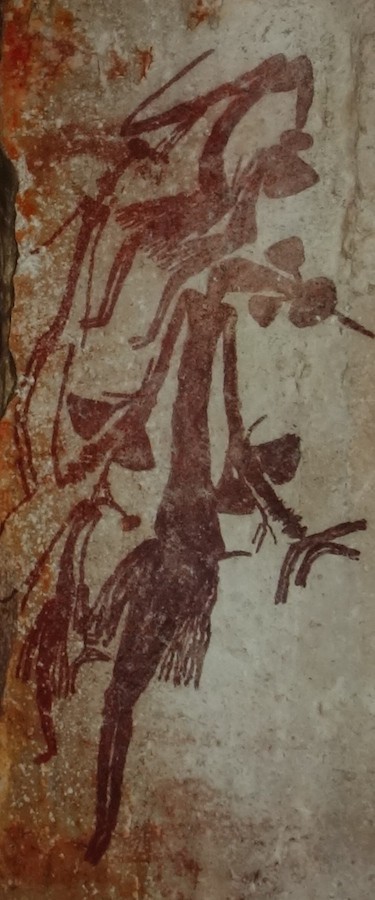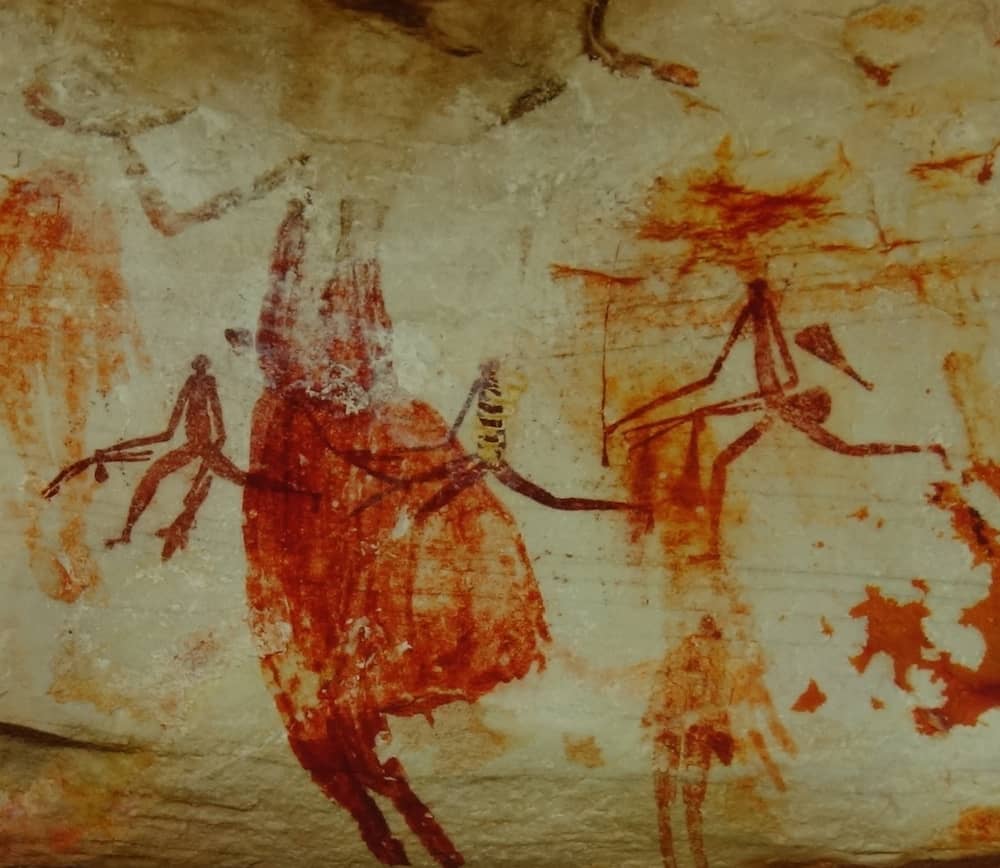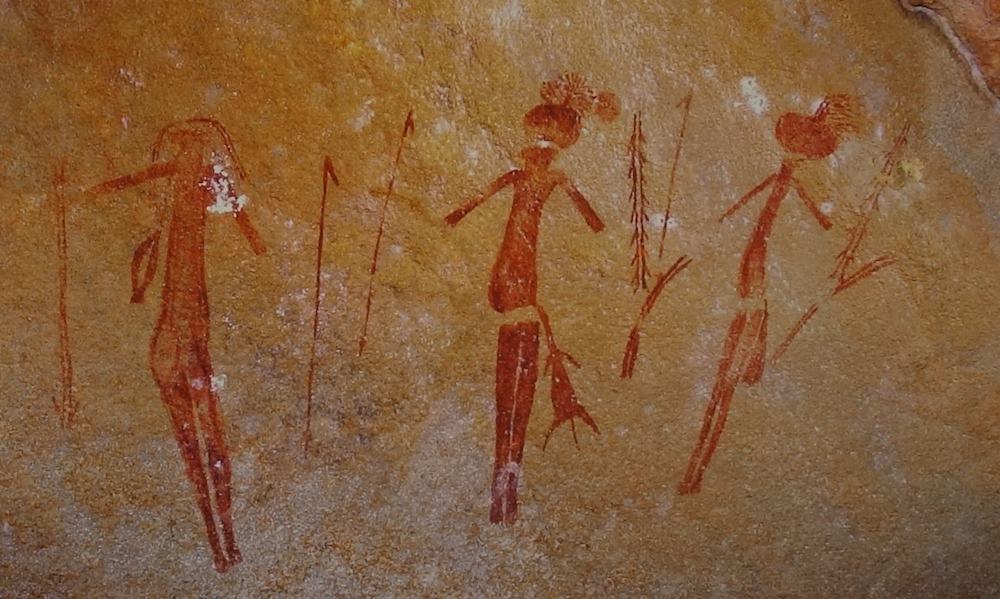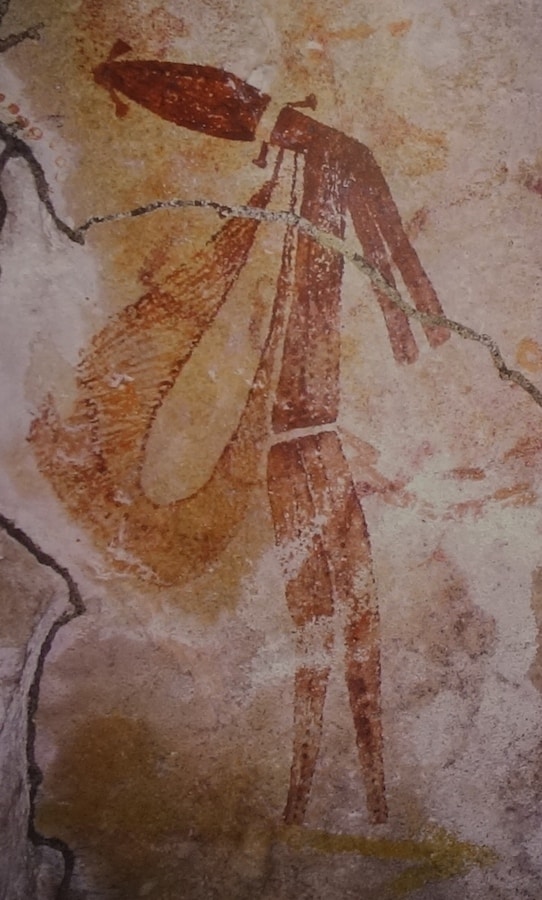Kimberley Rock Art
The best-known art style from this region is the hauntingly beautiful Wandjina. Wandjina is an art style that has been around for the last 4000 years. I have written a separate article on Wandjina painting that covers these artwork in more depth.
The aim of this article is to assist readers in appreciating the fascinating art styles found in one of the world’s remotest areas. Kimberley Rock Art is amongst the best anywhere in the world.
Rock Art from the Kimberley is far from the only Aboriginal Cave painting style. Australian Rock Art stretches from Arnhem Land right through Australia to Tasmania
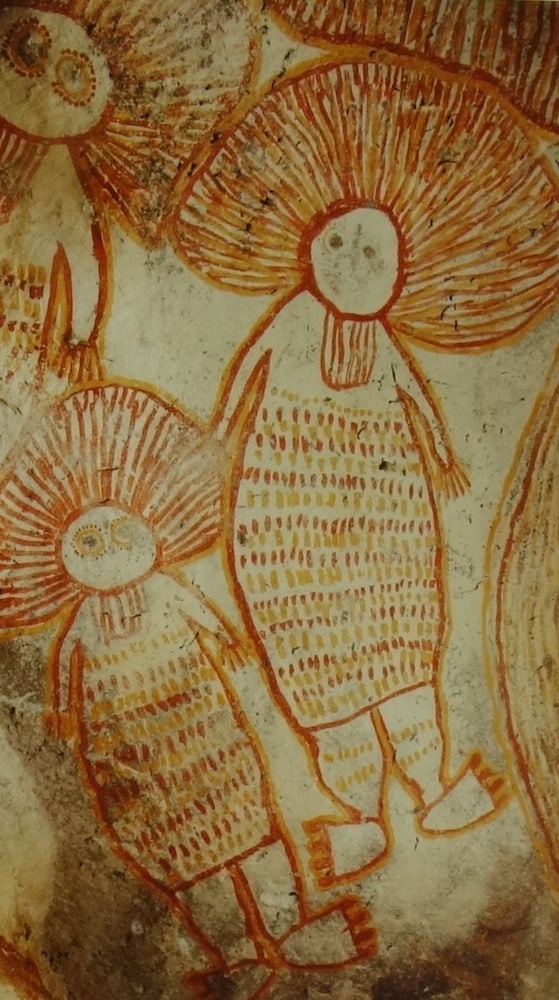
Kimberley Rock Art Sequence
Using different dating techniques it is possible to identify the sequence of changing styles of Kimberley Rock Art. Different Rock Art Styles developed at different times. These changes probably reflect changing beliefs

Kimberley Rock Art sequence according to Donaldson 2013
Aboriginal Rock Art Hand Stencils
The earliest form of Kimberley Rock Art (35,000 BCE) is Hand stencils. Hand stencils are not unique to the Kimberley they also exist throughout Australia and much of Indonesia. The stencils are usually of hands but can also include boomerangs pearl-shell stone axes and spear throwers. Stencils are usually in red Hematite but can also be in yellow limonite or white Kaolin. Stencils made by placing an object onto the rock face and then mouth spraying the area with ochre.
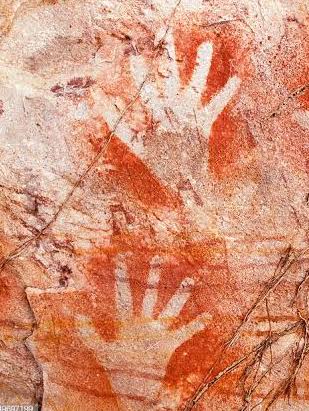
Hand stencils
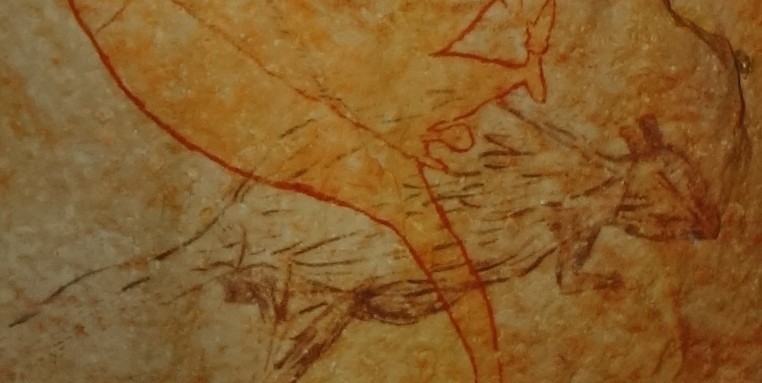
Mullberry colored marsupial from the infill period
Irregular infill Animals
First of all due to their great age (28,000BCE), very few examples of this style exist. They typically depict animals including Possums Snakes Kangaroos Fish Lizards and yams. Most have broad painted body outlines, where the body infilled with random dashes while the legs tail and head are often infilled. These animals are in a deep purple Mullberry hue pigment quite different from later pigments. Very similar irregular infilled animals are also on cave walls in Indonesia.
Kimberley Rock Art Gwions or Bradshaw Figures
Gwions are also referred to in much of the literature as Bradshaw figures. Bradswaw figures got their name after the first European to see this fascinating and elegant form of Kimberley Rock art. There is some controversy on whether this Rock Art was from the same aboriginal culture that lives in this area today.
There are four distinct styles of Gwions and they come from distinct time periods.
Ngunuru Gwions
Ngunuru Gwions have straight legs and tasseled waist adornments and long conical headdresses. They are the oldest of the four types because they date back to around 18,000 BCE. These extremely slim elegant figures have carefully depicted body shapes. Their leg muscles belly paunch and buttocks are distinct. All facial features genitals and breasts are usually absent.
Ngunuru Gwions often appear to be dancing and only rarely carry weapons. The weapons they do carry are likely to be of a ceremonial nature. they are sometimes called tasseled figures or tassel Bradshaws
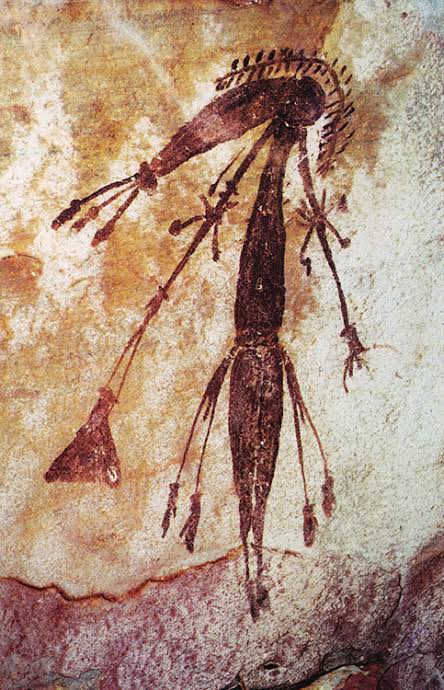
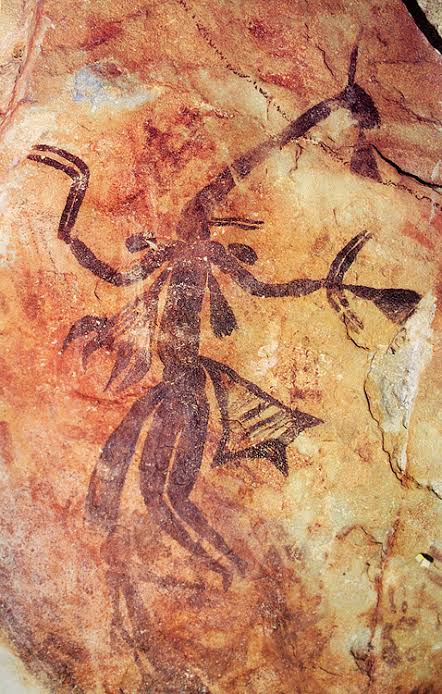
Yowna Gwions
Yowna Gwions are different from Ngunuru Gwions because they have bent knees. Instead of a tasseled waistband, they have a three-pronged sash (Yowna) around the waist. These paintings probably date from around 13000 BCE. The three-pronged sash is likely to be a dance adornment and was often accompanied by tuft armbands on the upper arm. they are sometimes called bent knee figures or Sash Bradshaws
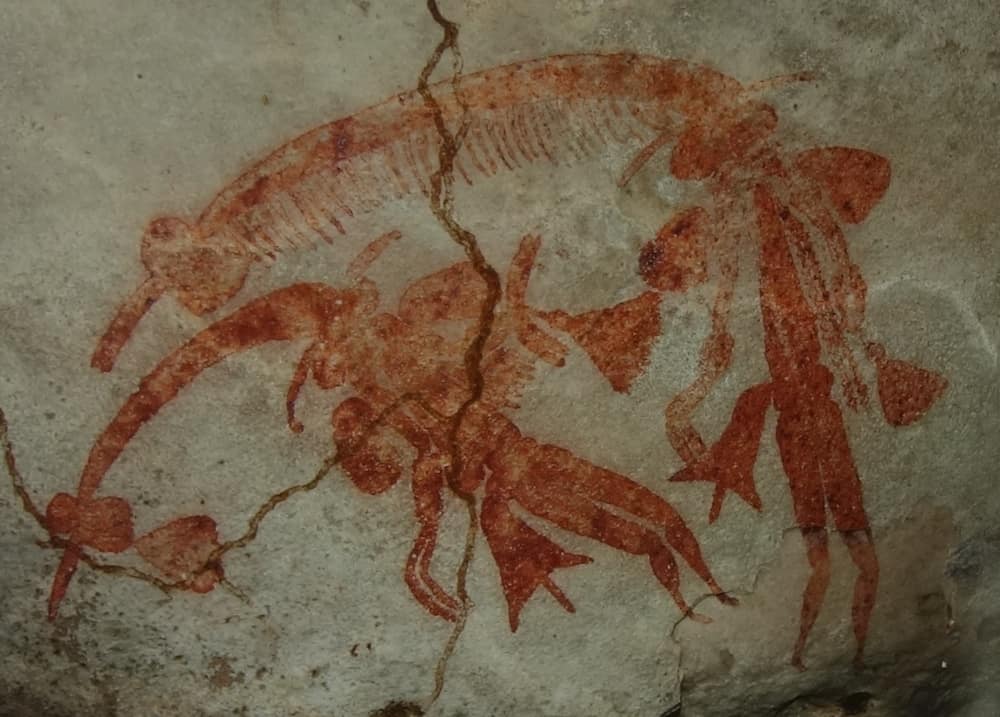
Dynamic Gwions
Dynamic Gwions probably date to around 8,000 BCE. These Gwions probably date to around 8,000 BCE. Dynamic Gwion are usually running and have a very different hairstyle however, they lack the ceremonial decorations of earlier Gwion. Dynamic Gwions are often depicted with weapons including a three-barbed spear. They are sometimes called Dynamic or elegant action Bradshaw figures
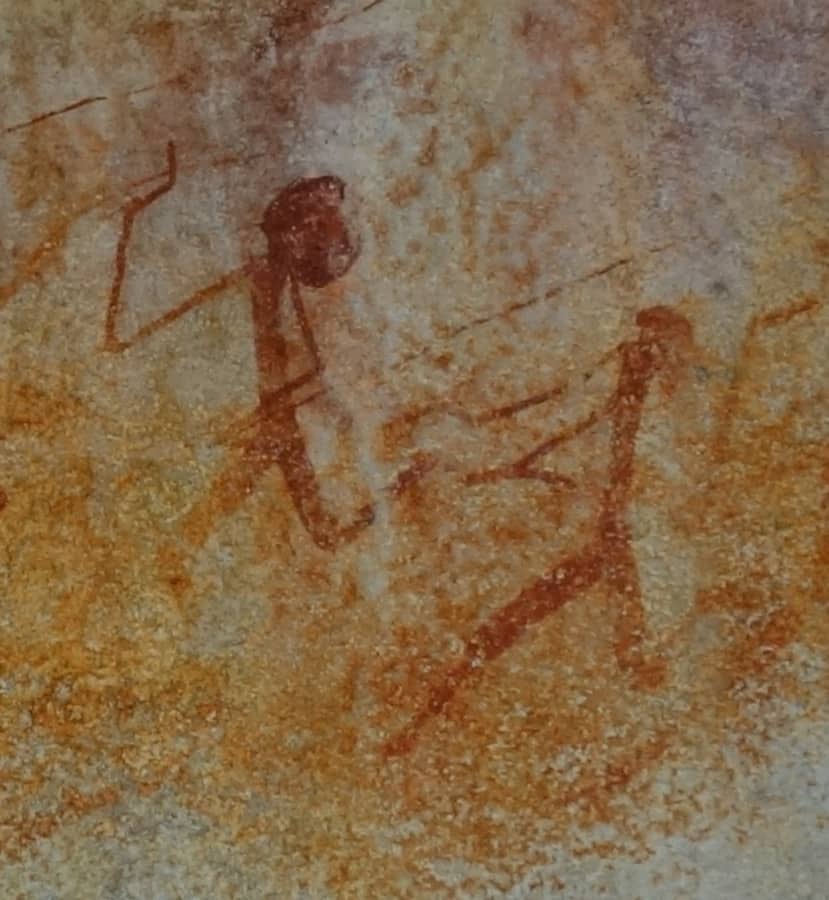
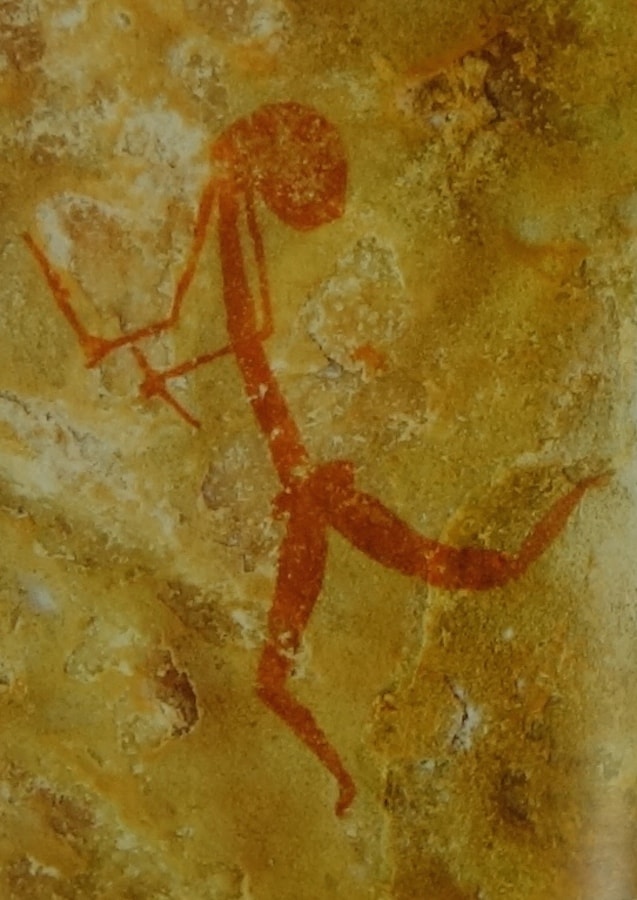
Dalal Gwions
Dalal Gwion look like old-fashioned wooden clothes pegs and therefore are sometimes called clothespeg figures. They have this appearance because when painted the artist used several colors. Over thousands of years, the less stable whites and yellows have vanished subsiquently leaving the distinctive clothes peg shapes. They appear in the sequence around 6000 BCE.
Dalal Gwion have straight legs body and arms and are the only Gwions depicted with spear throwers. They are also referred to as Straight part or clothes peg figures
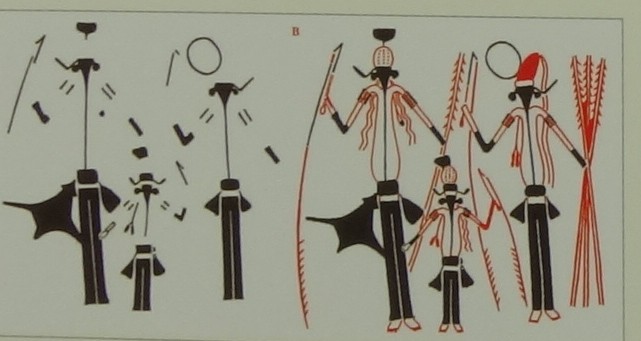
From Donaldson 2013
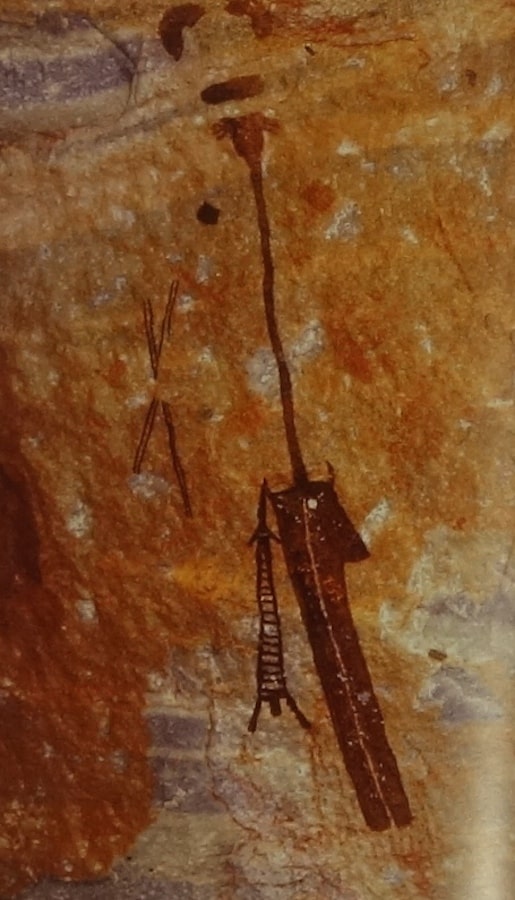
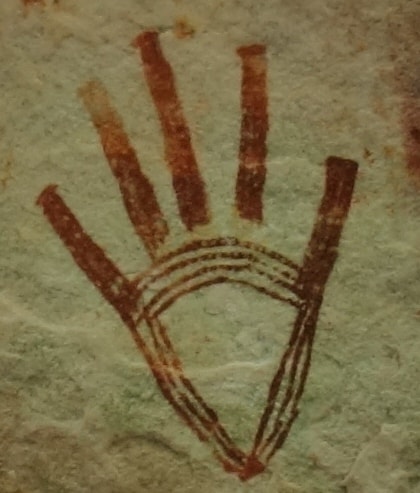
Painted hands are often accompanied by small simple depictions of animals. These animal depictions are less than 30 cm tall comparatively rough and often segmented by traversing lines.
Painted Hands period
This period (3000 BCE} characterized by painted hands. The painted hands themselves are well-painted however stylized with forgotten totemic design and meaning.
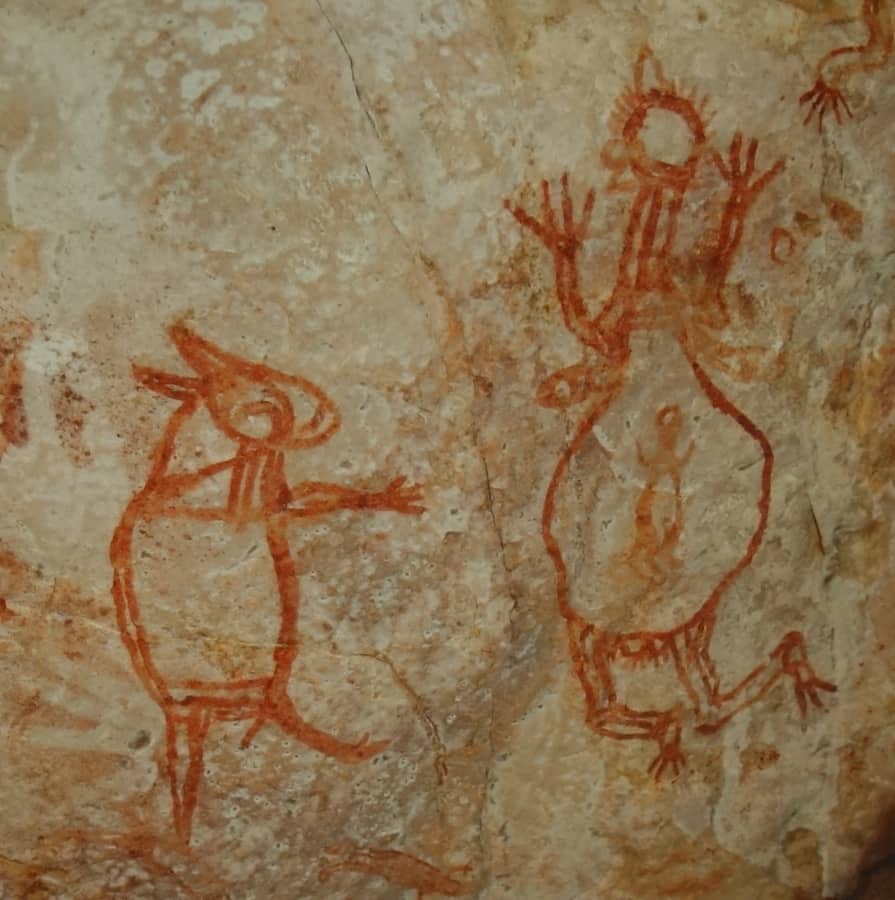
Wandjina painting
Kimberley Rock Art is best known for its depictions of Wandjina. Wandjina are the cloud spirits associated with rain that formed the physical features on the earth during the Dreamtime. The oldest painted Wandjina are around 3800 years old and were being repainted well into the 20th century. Aboriginal people believe that these paintings were not created by people. They believe the Wandjina put themselves onto the rock after creating the landscape. These Wandjina were then maintained and repainted by initiated elders. Wandjina painters like Alec Mingelmanganu and Charlie Numbelmoore later painted on bark. I have a separate article on Wandjina.
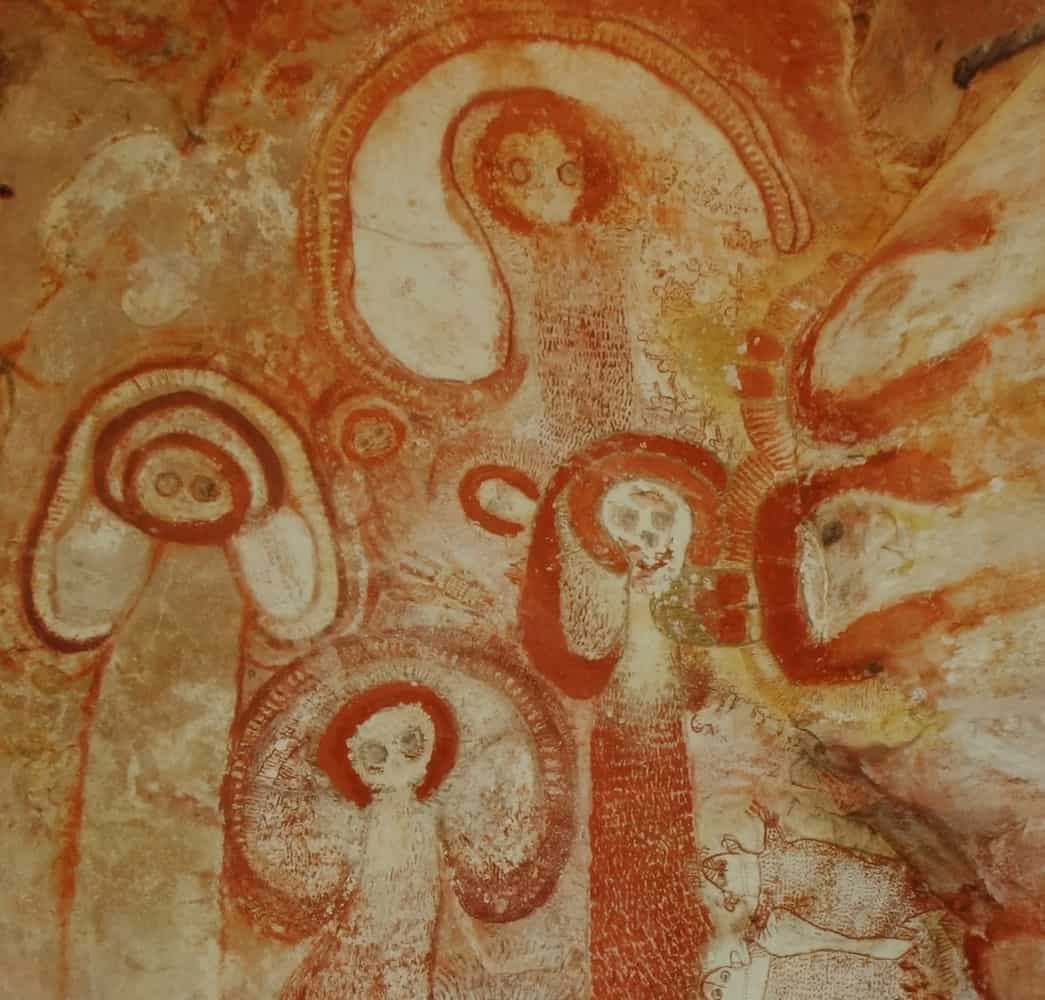
There is a variety of Wandjina painting styles
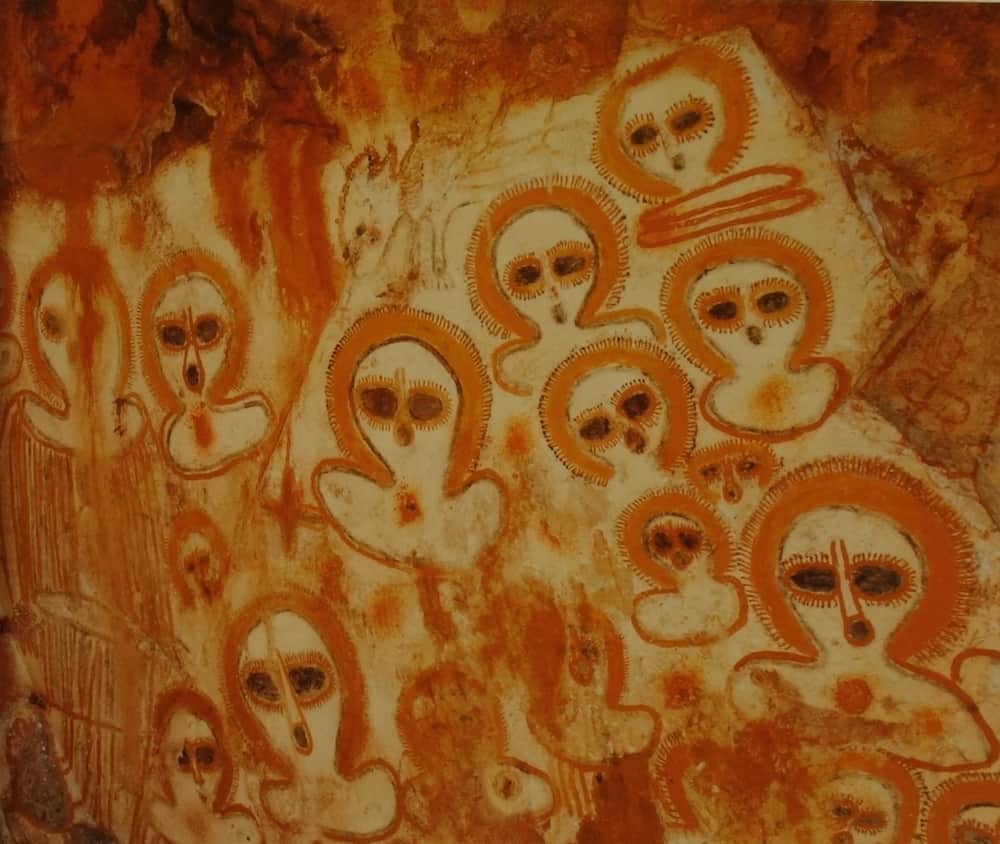
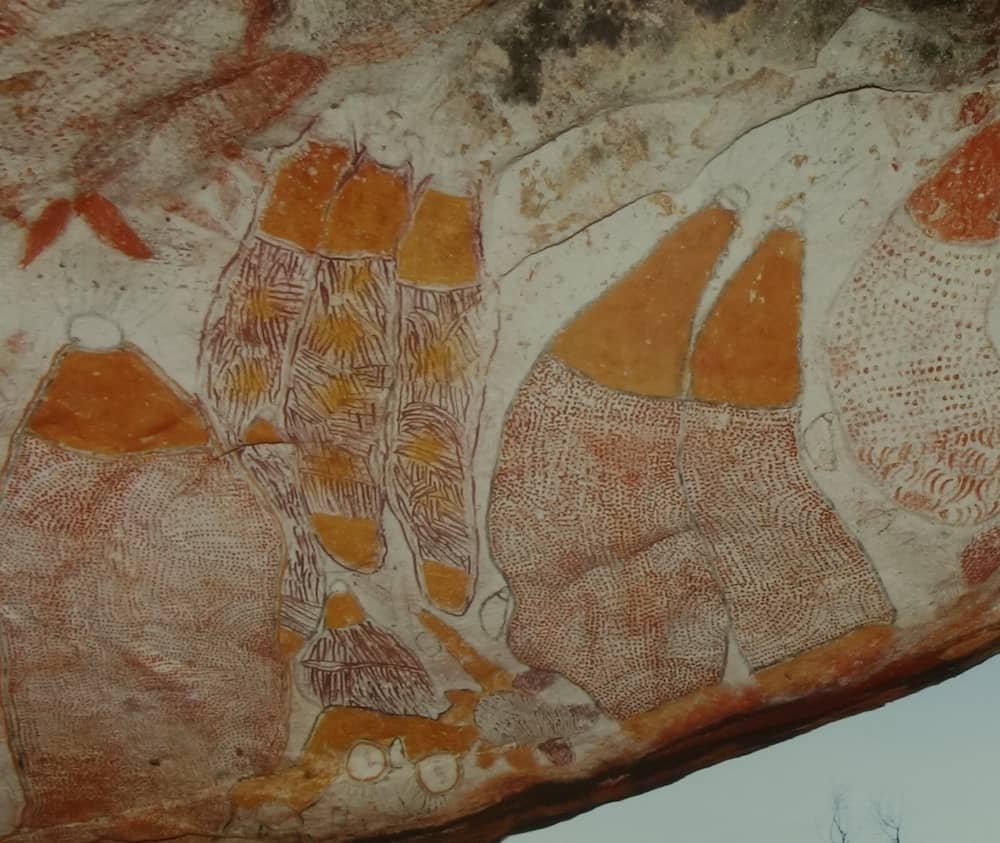
Kimberley Rock Art Summary
In conclusion, the Aboriginal Rock Art of the Kimberley is certainly a national treasure. It is a superb collection of aboriginal artistic expression that reaches back well into the Neolithic. Most importantly it has some of the most significant rock galleries of ancient art anywhere on earth. In recent years the government has taken an active role in preserving these sacred places. Rock galleries are now visited by tourism companies.
This article would not have been possible without the wonderful publications by Mike Donaldson
All images in this article are for educational purposes only.
This site may contain copyrighted material the use of which was not specified by the copyright owner.
Recommended Reading
Kimberley Rock Art Volume 1 Mitchell Plateau Area by Mike Donaldson
North Kimberley Rock Art Volume 2 by Mike Donaldson
Kimberley Rock Art Volume 3 Rivers and Ranges by Mike Donaldson

